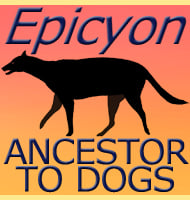Canis lupus cristaldii a.k.a. Sicilian wolf
In Depth The Sicilian wolf is a distinct sub species of the gray wolf with the species designation Canis lupus cristaldii. The Sicilian wolf was similar to those known from Italy, though with lighter more tawny coloured fur. The dark band across the forelimbs of the Italian wolf was absent or at most faintly … Read more
